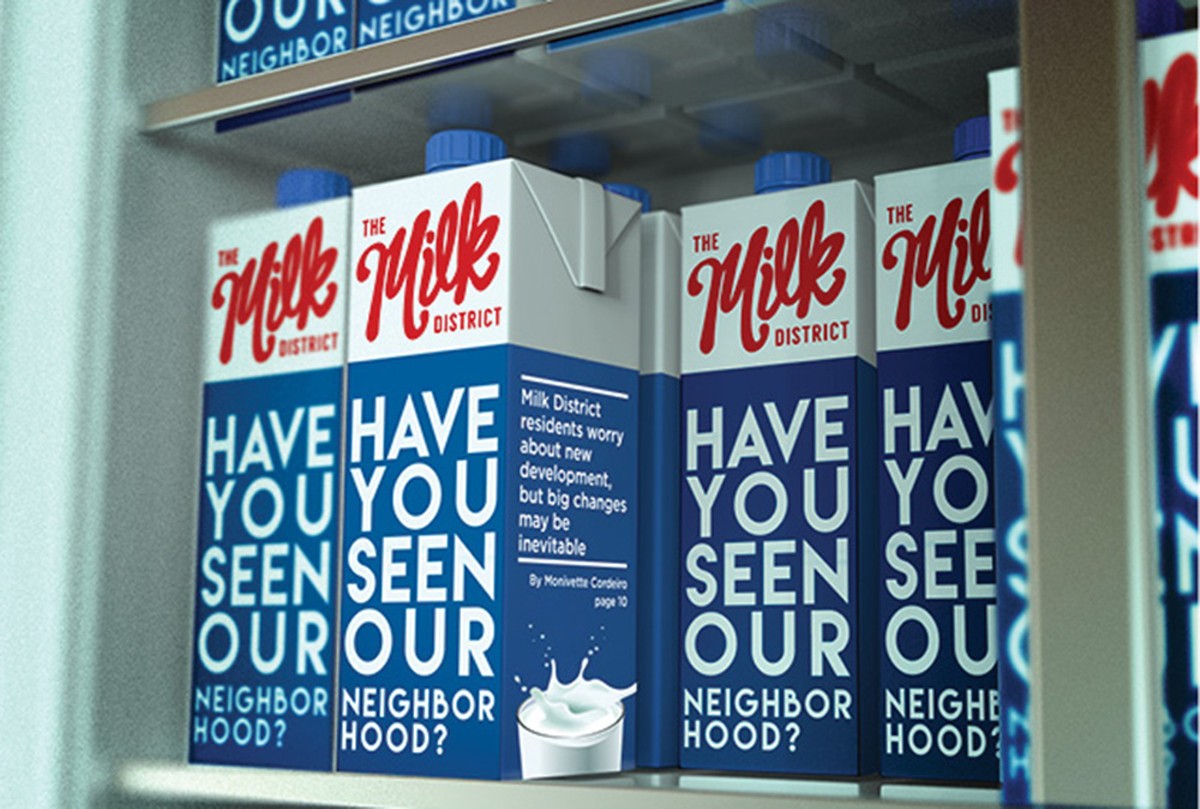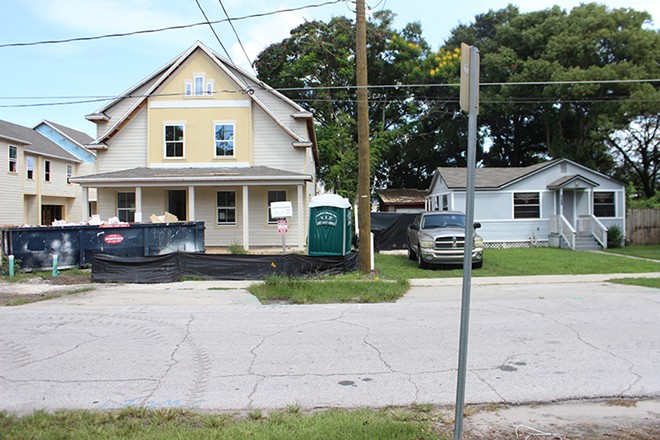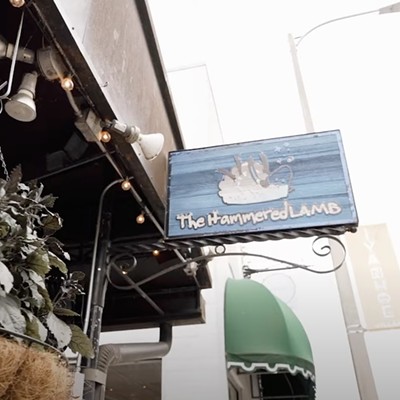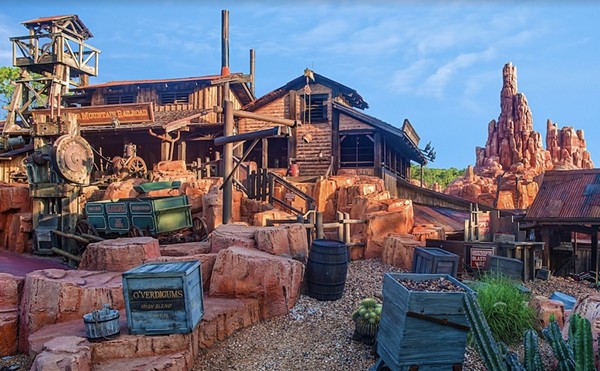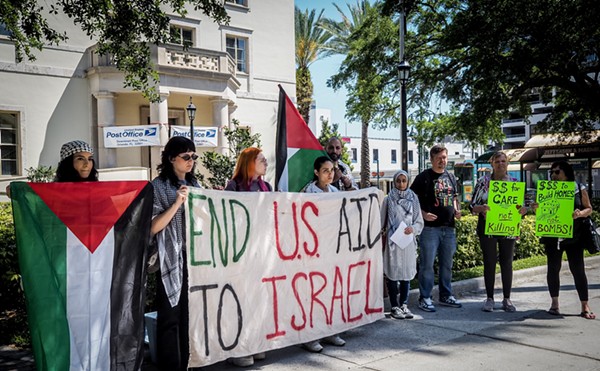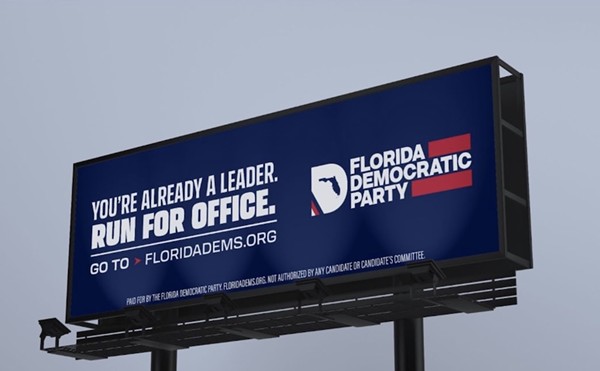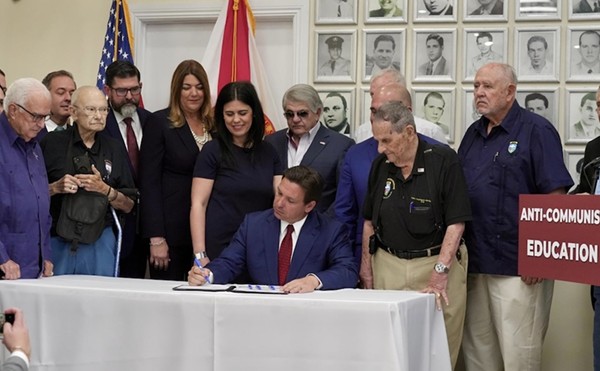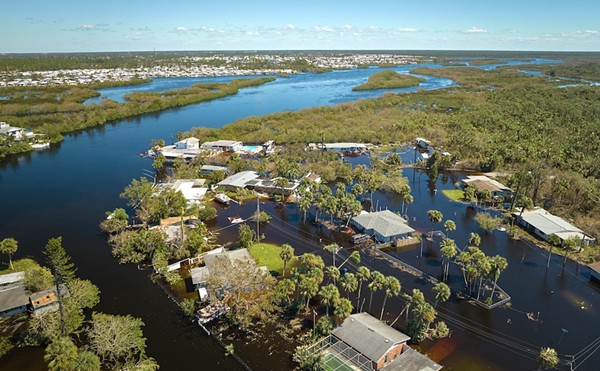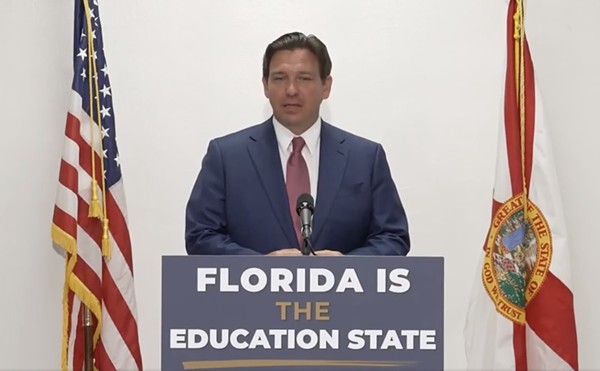And there's little to stop this kind of gentrification, says Susan Greenbaum, an anthropology professor at the University of South Florida. Gentrification has become a pretty loaded term, but a general definition of the phenomena is that wealthier people come into an urban neighborhood, bringing with them changes in rent, property values and the district's character. Whether this is positive or negative is a subject of perpetual debate among academics and urban planners.
"It's not surprising that places like the Milk District are being gobbled up by urban expansion," Greenbaum says. "In the wake of the foreclosure crisis, the whole cost of housing went up, and people who lost their housing had to rent, which pushed the cost of renting up in places like Orlando and Tampa, which still have a lot of low-wage workers. It really does lend itself to endless sprawl."
Influencers who made the local area interesting are pushed out in the gentrification process as more and more development eliminates low-cost housing, which Greenbaum says is a "brutal process."
"There's a strong ethos of private property in Florida and the feeling that people should be able to sell land and do with it what you want," she says. "But people who live in a place should have some say. The city of Orlando probably needs to be more deliberate in knowing how much low-cost housing they need and how to get it."
Eliza Harris Juliano, an urban planner at Orlando's Canin Associates, says she moderated a forum on the Milk District's expansion for the group "Rethinking the City." Harris Juliano says in the discussions she's seen in person and online, people have talked about gentrification without thinking seriously of what it means.
"There's a difference between gentrification in Hannibal Square in Winter Park and Parramore and the Milk District," she says. "In the Milk District, we're not talking about multi-generational families being pushed out. We're talking about people who went looking for affordable housing and it's not affordable anymore. These racial and cultural issues are less of an issue in the Milk District."
While Parramore and Hannibal Square are historically black neighborhoods, the Milk District, according to 2010 U.S. Census data, is majority white with some Latinos.
Harris Juliano says affordability is a citywide concern that one builder is not going to solve. But she did discuss with Wonus changes he could make to the duplexes, such as increasing the number of trees, making the garages side-loaded rather than front-loaded and having a design that encourages residents to walk places instead of driving. A pedestrian community would increase the need for public transportation and reduce the need for cars, she says.
"I think what's happening here is a gradual change, rather than a dramatic one," she says. "Gentrification in some cases is very negative, while in other places it's part of revitalization."
And it shouldn't surprise anyone that it's happening, says Julian Chambliss, a history professor at Rollins College. Small developers like Wonus can be the results of broader change and structural forces that have already worked their magic. Cities like Orlando encourage growth and are predicated on development.
"There's no mechanism in the American urban experience for retrenchment," he says. "When I came here in 2003, there was a huge push from the city to get people to live in downtown Orlando. People want to live downtown in Lake Eola or Thornton Park, but it's too expensive, and a block over in the Milk District, it's affordable. It's easy to want to blame this Adam guy, but he's just a sign of the process."
Chambliss says dialogues between businesses, residents and developers can happen, but entering these kinds of dialogues is difficult for the least powerful people in the equation. Aside from the renters, stopping higher rents doesn't benefit anyone: the city, developers or local businesses. To have a successful conversation, you need a developer whose goal isn't only to make a quick buck, but Chambliss reminds us that there's no magic bullet.
Back at Fairchild and Uva's bungalow near Bumby Avenue, the couple say if they're priced out of their rental, they would leave Florida for another state. The whole reason they live in Orlando is because of its arts scene.
"This is our home," Fairchild says. "We care so much about this place. There's a difference between living in a space and caring about a space. Gentrification takes away the culture. It takes away the art. It takes away the things that people who moved there may seek."
But both agree they want a meaningful conversation about the community and an appreciation for the homes already there. It's nighttime now at their house and the crickets make it hard to hear conversation. From the darkness, a small trill comes out near the sunflowers.
"It looks like an Eastern screech owl," Uva says after a quick inspection.
"I've never heard that back here," Fairchild says. She laughs slightly. "It's like he wants to add his two cents and say, 'This is my home, too.'"

